In the historic village of Hazave in Markazi province, a timeless tradition has been passed down from generation to generation: the art of making syrup from fresh grapes. This culinary practice not only captures the essence of the region's rich agricultural heritage but also serves as a testament to the resourcefulness and ingenuity of its people.
Iran (IMNA) - Nestled amidst rolling hills and fertile lands, Hazave village is known for its vineyards that flourish under the warm sun and gentle breeze. The locals take immense pride in cultivating the finest grapes, carefully tending to the vines throughout the year. As summer fades into autumn, the village comes alive with the anticipation of the grape harvest season.
Every morning, as the golden sun begins to paint the sky, the diligent farmers of Hazave rise with determination in their hearts. With unwavering commitment, they tend to each vine, ensuring that every plant receives the care it deserves. Through their expertise and years of experience, they have perfected the art of vine cultivation, employing traditional methods passed down through generations.
Throughout the seasons, these industrious farmers tirelessly labor, pruning the vines, meticulously monitoring the soil, and protecting the precious fruits from any harm. Their dedication is a testament to their deep-rooted connection to the land and their unwavering love for their craft.
As the summer sun bathes the vineyards in its warm embrace, the grapes reach their peak ripeness, bursting with flavors that are nothing short of extraordinary. It is during this time that the farmers of Hazave skillfully harvest the bountiful fruits of their labor, carefully selecting only the finest grapes, ensuring that each one is plump and juicy.
After the harvest, the village comes alive with a sense of excitement and anticipation. The air is filled with the sweet aroma of grapes as the farmers begin the intricate process of transforming them into grape syrup.
The process of making grape syrup begins with the careful selection of the ripest and juiciest grapes. The villagers gather in the early morning hours, armed with baskets and buckets, ready to pluck the clusters of grapes that hang heavy from the vines. With each grape harvested, they are reminded of the deep-rooted connection between their labor and the land that sustains them.
Once the grapes have been collected, they are brought to the village's traditional syrup-making facility. Here, the grapes are thoroughly washed and sorted, ensuring only the finest specimens make it into the next stage. The grapes are then crushed, their sweet nectar oozing out, filling the air with an intoxicating aroma.
The extracted grape juice is carefully transferred into large copper cauldrons, where it is slowly simmered over an open fire. This slow cooking method allows the flavors to intensify and the liquid to thicken naturally. The villagers take turns stirring the bubbling concoction, their weathered hands guiding wooden paddles through the fragrant steam.
As the grape juice reduces, the village is filled with the mouthwatering scent of sweet caramelized grapes. The syrup begins to darken, taking on a rich amber hue. The villagers know that the syrup is ready when it reaches the perfect consistency, thick enough to coat the back of a spoon.
Once the syrup has cooled, it is carefully strained to remove any impurities, leaving behind a velvety smooth elixir. The villagers gather around, eager to taste the fruits of their labor. The syrup bursts with the flavors of the land, capturing the essence of the sun-soaked grapes and the hard work invested in their cultivation.
The final product, a rich and velvety grape syrup, captures the essence of the vineyard and the hard work of the farmers. Its luscious sweetness is a testament to the dedication and passion that goes into every step of its creation. As the villagers savor this exquisite syrup, they are reminded of the extraordinary efforts of the farmers and the pride they feel for their beloved Hazave village.
In Hazave village, the making of grape syrup is not just a culinary tradition but a celebration of community and heritage. Families come together to share in the joy of harvesting, cooking, and savoring this exquisite delicacy. The syrup is not only enjoyed as a sweet treat but also used as a versatile ingredient in various dishes and beverages, adding its unique touch to the local cuisine.
As time passes and the world around us changes, Hazave village continues to preserve its historic tradition of making syrup from fresh grapes. This timeless practice serves as a reminder of the importance of honoring our roots, cherishing the land that sustains us, and passing down cherished traditions to future generations.
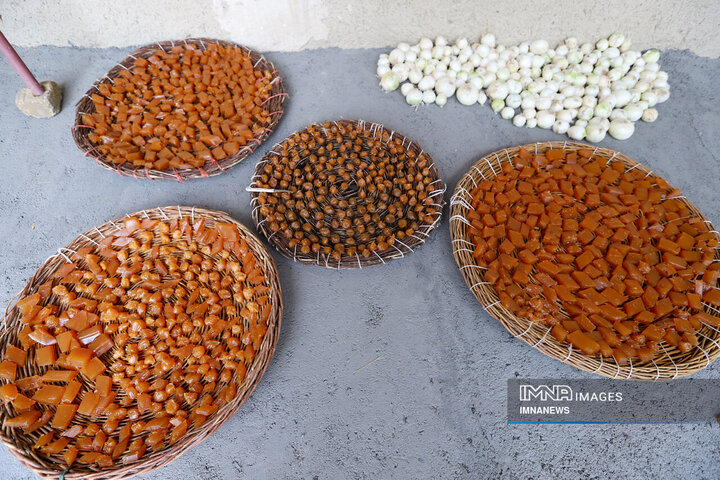

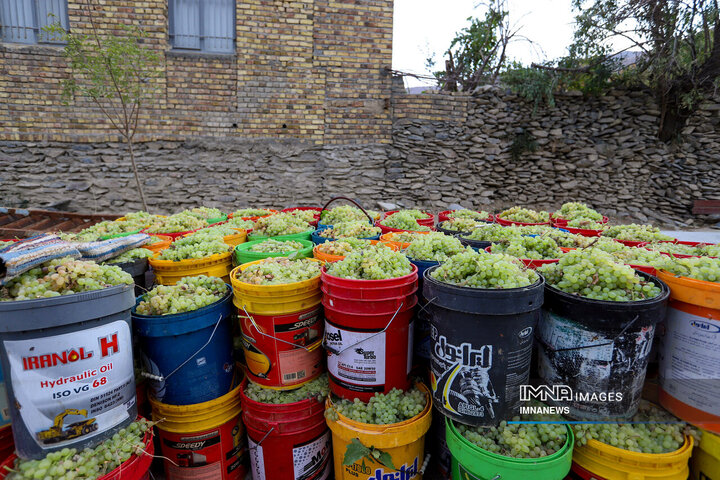

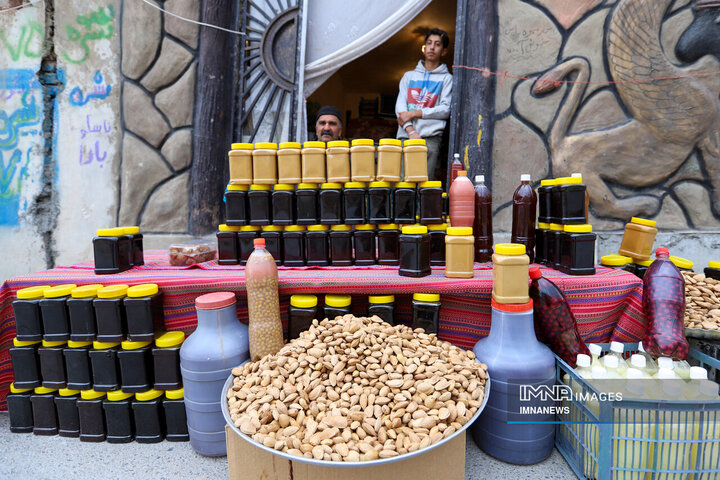
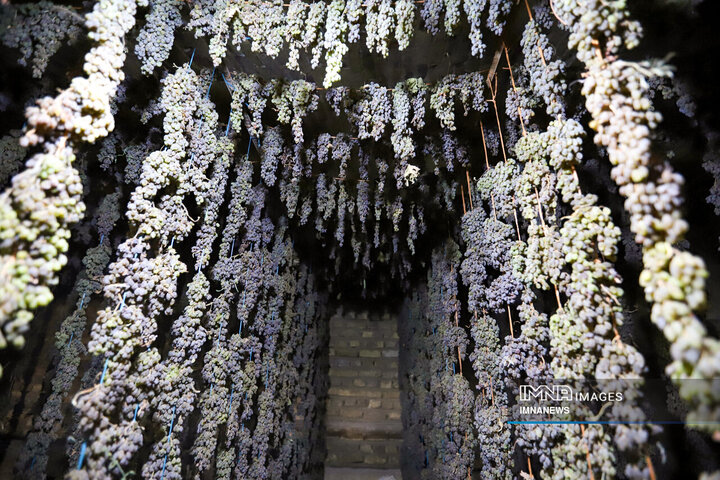
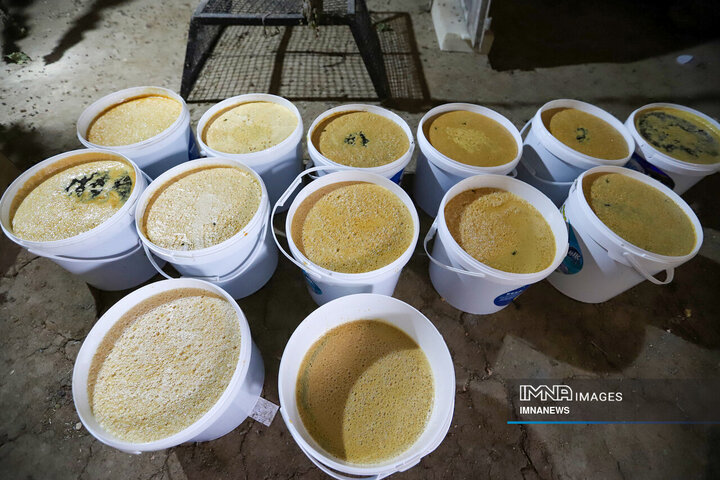


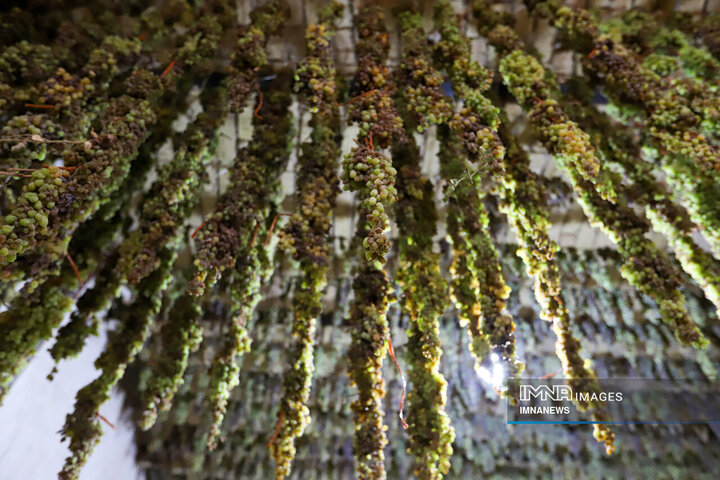
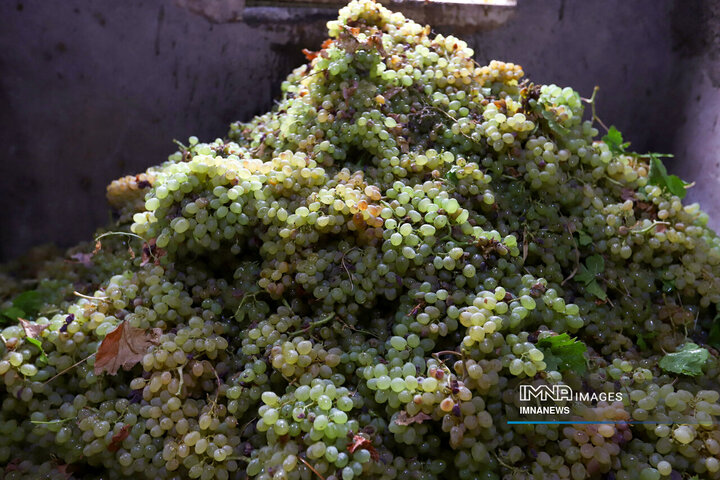
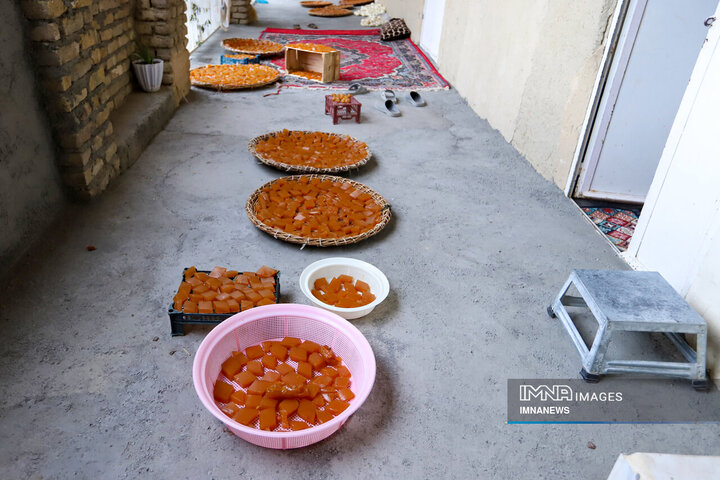
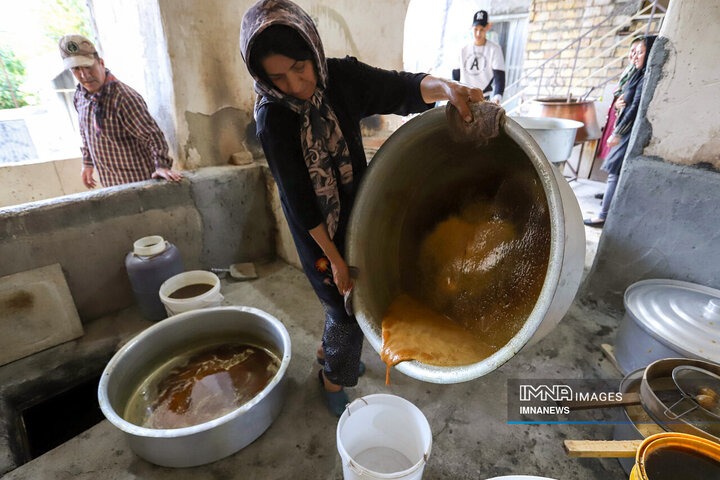

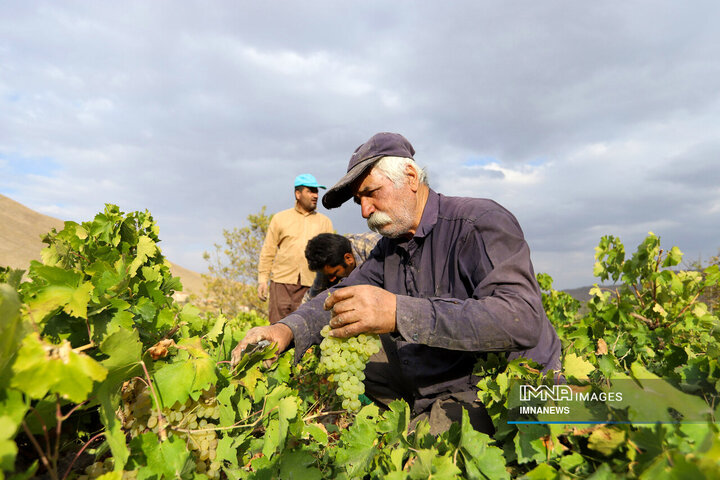
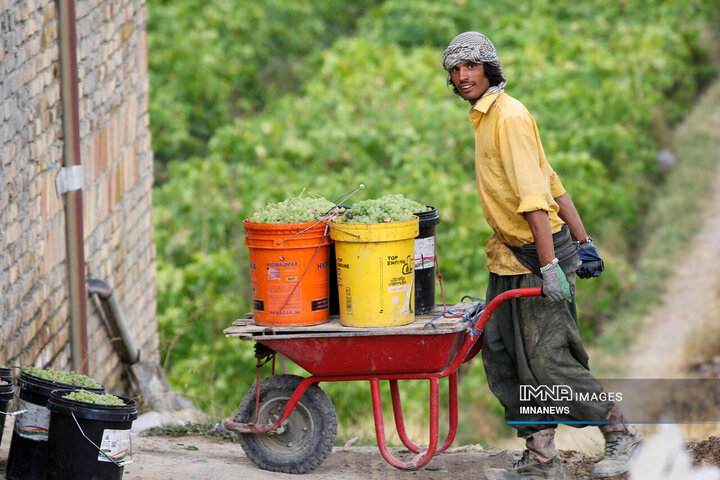
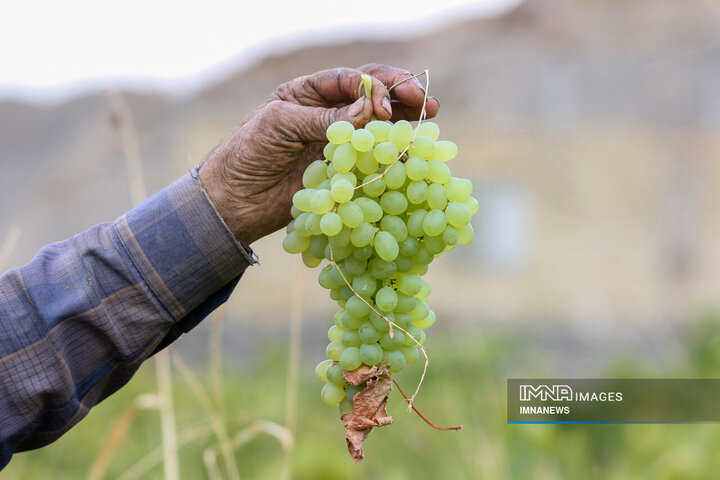
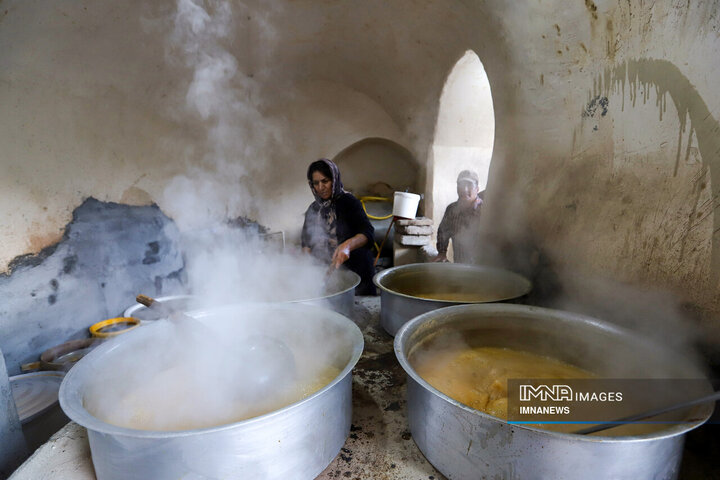
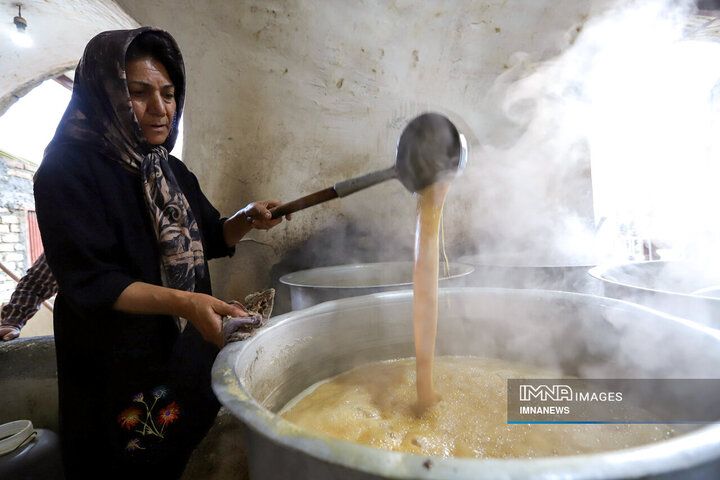

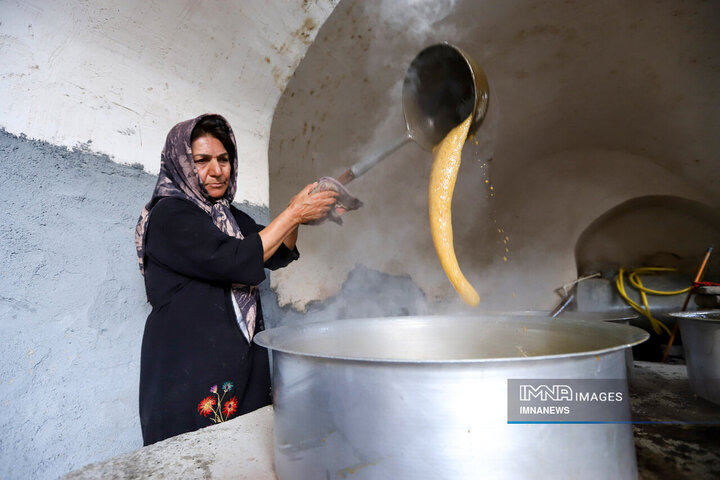
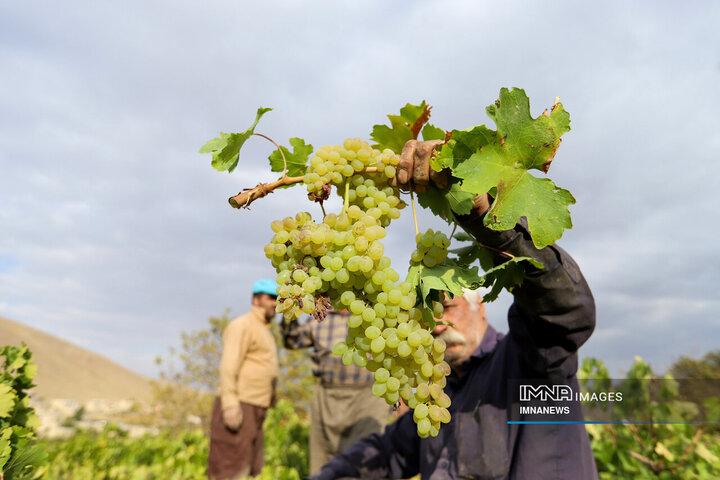
Your Comment